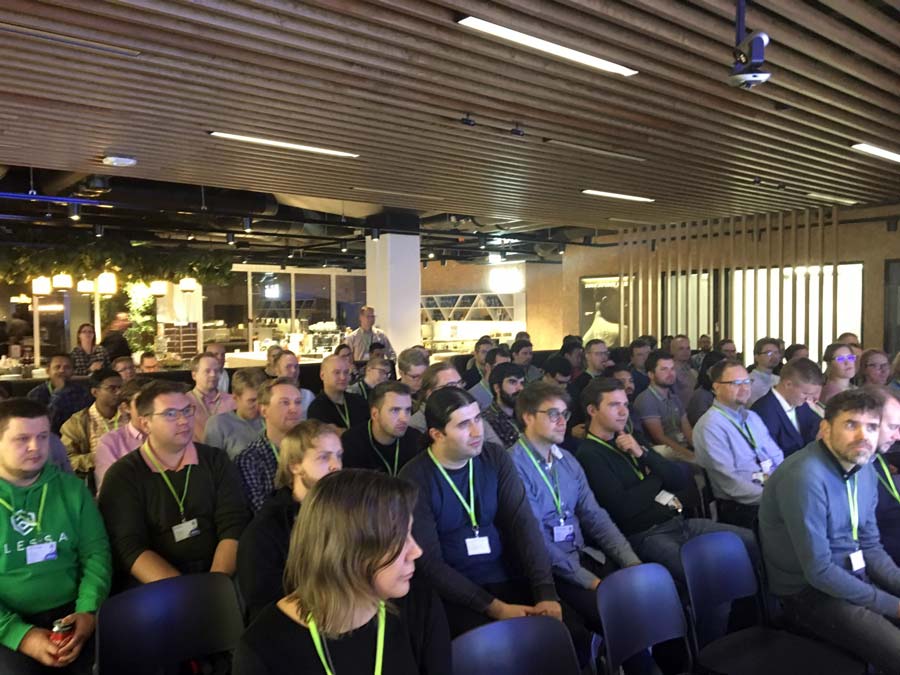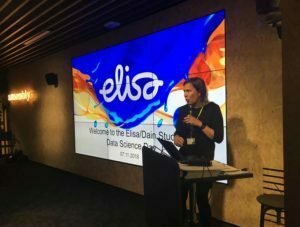The Helsinki’s data scientists were learnt about how Elisa approaches data and examples of using Machine Learning and Artificial Intelligence (AI) in their operations.
Elisa Oyj is a Finnish telecommunications company founded in 1882. It was called HPY HTF until July 2000. The mobile operations of Elisa were previously known as Radiolinja. Elisa is a telecommunications, ICT and digital service company operating mainly in Finland and Estonia. Recently, Elisa co-created seven artificial intelligence prototypes with start-ups from all over the world, as part of the Elisa AI Co-creation Challenge.
The meetup was opened by Turkka Koivu, Director of Data and Analytics at Elisa, and with Saara Hyvönen, Co-founder of DAIN Studios. The presentation line-up started with Simon Holmbacka, Data Scientist at Elisa, who presented data parsing at Elisa. The presentation gave a comprehensive approach to structured data cleaning and recommended that post process, one can restructure data, so it can learn better.
Juha Lehiranta, Senior Data Scientist at Elisa, presented latent customer entertainment preferences from multiple content sources – from Elisa E-book and Elisa Viide. A lively discussion followed with questions such as should free samples be as relevant for defining your profile as paid content? What time based weightings should be used – price weighting, popularity based weighting, or something else? Juha also gave the audience an insight into the state of experimentation .
Elisa is currently experimenting classifying customers’ content preferences to build a latent omnichannel customer content preference classification and to create cross-sell opportunities and improve the quality of content recommendations within the services.
Jukka-Pekka Salmenkaita, Director of AI and Machine Learning at Elisa, presented examples of applying machine learning in the manufacturing industry – toward intelligent automation. The presentation discussed how machine learning contributes to the development of next generation automation solutions as well as human-machine interactions in industrial control systems.


